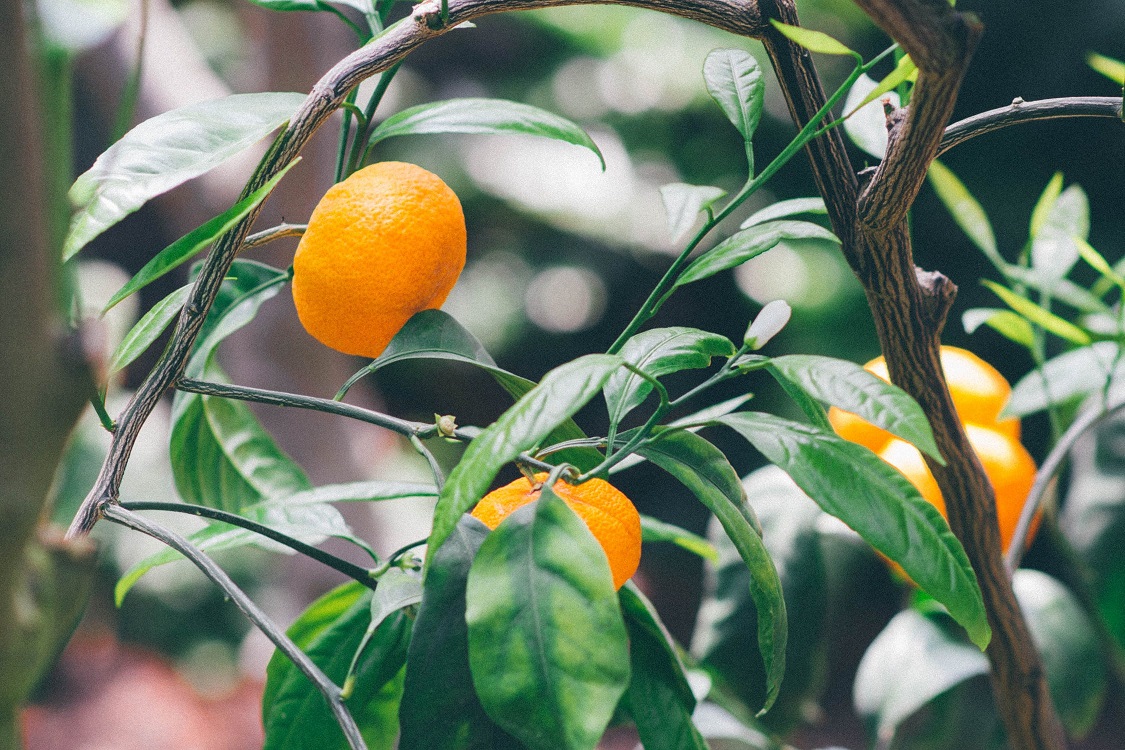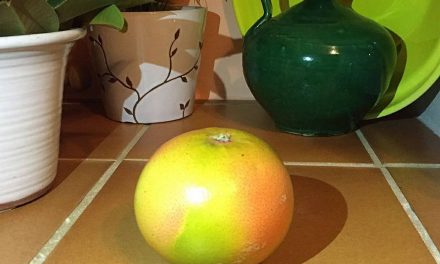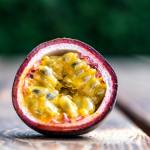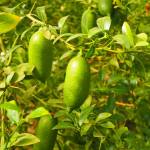Authors: Amílcar Duarte, Jacinta Fernandes, João Bernardes, Graça Miguel
Citrus are native to southeastern Asia, but are present in the Mediterranean basin for centuries. This group of species has reached great importance in some of the Mediterranean countries and, in the case of orange, mandarin and lemon trees, they found here soil and climatic conditions which allows them to achieve a high level of fruit quality, even better than in the regions where they came from. Citrus fruits are present in the diet of the peoples living on the Mediterranean basin, at least since the time of the Roman Empire. In the 20th century they became the main crop in various agricultural areas of the Mediterranean, playing an important role in the landscape, in the diet of the overall population, and also in international trade. They are present in the gardens of palaces and monasteries, but also in the courtyards and orchards of the poorest families. Their fruits are not only a refreshing dessert, but also a condiment, or even a major component of many dishes. Citrus fruits have well-documented nutritional and health benefits. They can actually help prevent and cure some diseases and, above all, they are essential in a balanced and tasty diet.
Introduction
Citrus are native to subtropical and tropical regions of Asia and the Malay Archipelago (Vavilov, 1926), but are present in the Mediterranean basin for centuries. This group of species has reached great importance in some of the Mediterranean countries and, in the case of orange, mandarin and lemon trees, they found in these regions, soil and climatic conditions which allows them to produce superior fruit quality. The hot summers and the mild winters, but with some alternation of low and high temperatures, make the fruits have a more attractive flavor and color than the fruits produced in the areas with warmer climates, where the citrus species had their origin.
Citrus fruits are present in the diet of the peoples living on the Mediterranean region for many centuries. The Roman agronomists already made many references to the cultivation of citrus fruits within the limits of their empire. Citrus fruits are not only consumed as a refreshing dessert, they are also used as a condiment, or even as a major component of many dishes, like roasted duck with orange or pork tenderloin with blood oranges. Citrus fruits have well-documented nutritional and health benefits, mainly attributed to high levels of bioactive compounds (Duarte et al., 2016), such as phenols, including flavonoids, limonoids, essential oils and vitamins, particularly the vitamin C (Miguel et al., 2009; Duarte et al., 2010), and carotenoids. They can actually help to prevent some diseases and, above all, they are essential in a balanced and tasty diet.

Although citrus fruits were apparently unknown in the Mediterranean basin in ancient times, in Greek mythology it is possible to find multiple references to the mythical “golden apples”, which may well have been based upon oranges or citrons. With the introduction of good sweet orange cultivars, citrus started to play an important role in the landscape. In the 20th century, innovation in water pumping and irrigation methods, along with other factors, caused the citrus became the main crop in various agricultural areas of the Mediterranean, playing an important role in the landscape, and also in international trade. Citrus trees are present in the streets of many cities, in the gardens of palaces and monasteries, but also in the courtyards and orchards.
In this article, based on a literature review we intend to describe the importance of the citrus as a component of the Mediterranean diet. The origin of the species and its sprawling around the Mediterranean basin landscapes, along with its importance for healthy diets, are the main topics explored.
This article was adapted from the original published in 2016. Click here for the full version.










